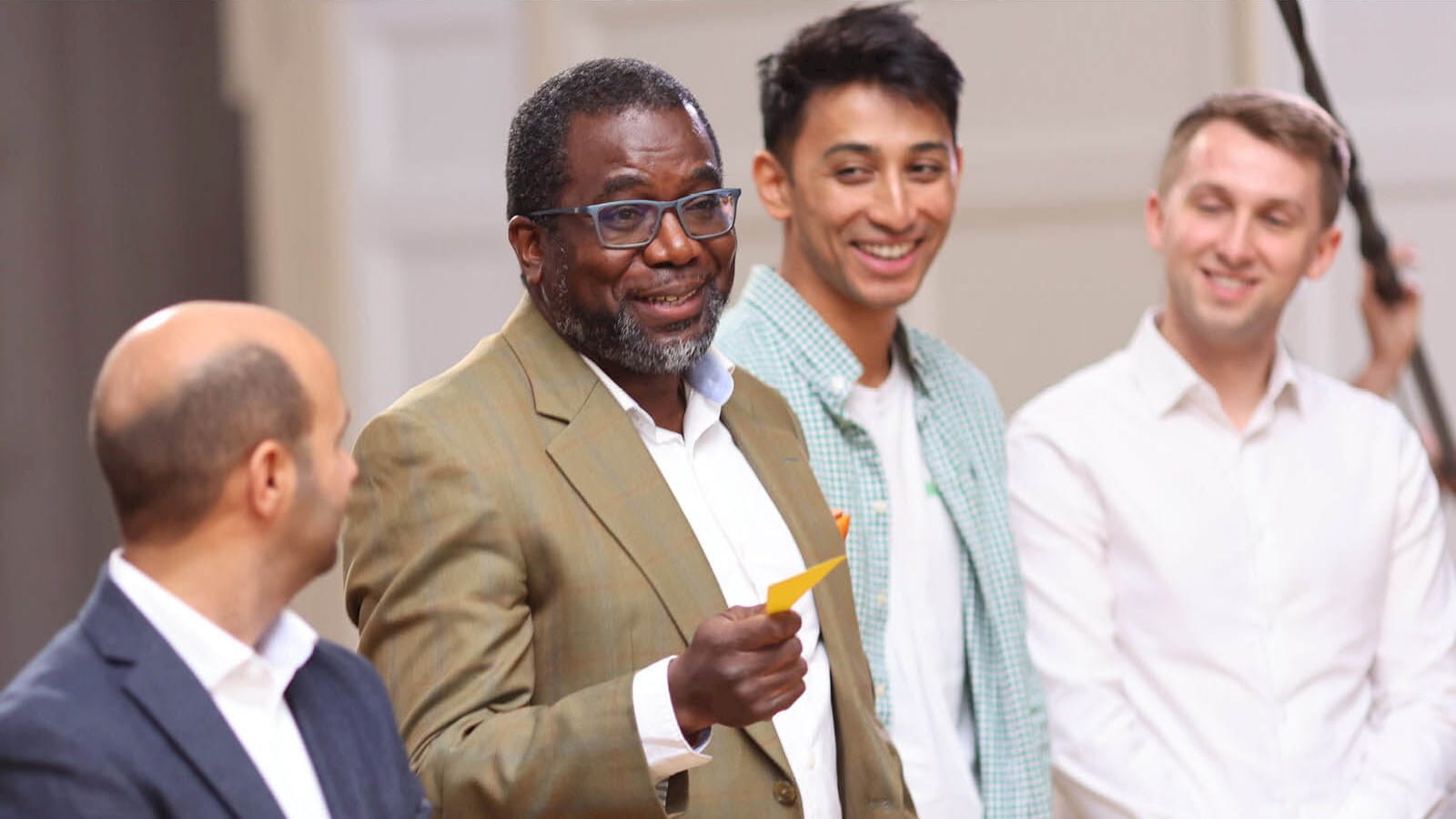Creating a culture of allyship is vital to building an inclusive organisation; senior leaders have an important role to play.
A successful culture of allyship in an organisation is one where people who are in a privileged situation – due to factors such as their ethnicity, gender, sexuality, socio-economic background, education, or mental health – actively and consistently advance the interests of marginalised groups. In the workplace, this will not only ensure managers attract and retain the best employees but will also improve teamwork and productivity.
However, it can be difficult to embed this culture and encourage employees to display allyship, as the concepts involved can cause social awkwardness. For example, many people find it difficult to openly discuss the fact that they occupy a privileged position, either because they are not comfortable talking about their status publicly, especially at work, or because they worry they will misread a situation and cause offence. Furthermore, some people may not even realise they are in a position of privilege.
Employees who are members of marginalised groups are much more likely to notice, however, especially when the onus seems to be on them to raise their head above the parapet and speak up in support of others. To lift the burden from marginalised groups, it is up to senior leaders to demonstrate allyship in order for it to filter through the rest of the organisation and change the status quo.
Senior leaders must steer allyship
It’s vital that the entire executive or senior team understands this concept of allyship, the privileged position they themselves may hold as a member of one or more majority groups (based on gender, ethnicity, sexuality and so on), and the role they must therefore play as an ally. This is not something that can be delegated to human resources, even though HR is responsible for an organisation’s diversity and inclusion (D&I) policies.
“If you are part of a privileged group, it may be hard to understand or maybe even acknowledge that there is a problem because you've not gone through that experience yourself,” says Romesh Jeyaseelanayagam, CFO at The FD Consultant, a provider of financial consulting services.
“Senior leadership need to go all in, be genuine, and really buy into the idea. Courage is important because I suspect that lots of leaders, who are pretty effective in what they do, may struggle [with allyship] – and it does take courage to put yourself out of your comfort zone.”
Although leaders must bear the greatest responsibility for creating a culture of allyship, they are certainly not likely to be alone in their discomfort with the exercise. Interim Financial Director Barbara Boyle warns that organisations must acknowledge that newly qualified staff may not feel comfortable enough to share difficulties, and says they need to be aware that people may not wish to be singled out for “extra” attention because of their gender, ethnicity, religion or any other characteristic. It is vital to maintain people’s confidentiality, too, she adds.
“It would be useful to invite people that have had experience of being an ally, where they've had a successful outcome, and somebody that's a recipient of allyship,” says Boyle. “Also, don’t over-complicate allyship with too many new-fangled terms. It boils down to treating everyone with equal respect.”
Spend time with your staff
Jeyaseelanayagam says leaders can take simple steps to make themselves more approachable that, in turn, will help build allyship. “Senior leaders … don't necessarily spend lots of time day to day with the less senior staff, so a way to try and deal with allyship is to schedule more meetings with people at all levels and all backgrounds. Ask them how they're feeling and ask questions that aren't specifically work related, but that are about them and what they're happy with, their work environment, what they're unhappy with, and why.”
“A really good leader will take the time to spend with people and be seen to be approachable and be seen to be wanting the best for them,” says Jeyaseelanayagam. “That's where you get serious improvements or strengthening of performance, loyalty, retention – all the things that good companies want in terms of their staff.”
Larger organisations could issue questionnaires to employees to understand the kinds of issues minority or marginalised groups face within the company, suggests Jeyaseelanayagam, who also recommends senior staff attend training to improve their emotional intelligence, which will help them become better allies – and, ultimately, leaders. Allyship based on empathy and emotional intelligence must be authentic to avoid causing damage, he stresses.
Tanuvi Ethunandan, CEO at Data Duopoly, a software firm in the tourism sector, says it’s important for leaders to consider employees’ lifestyles as well as traditional protected characteristics.
“It’s about leading by example and supporting people, no matter what,” she says. Ethunandan adds that it’s vital to understand that allyship needs to be inclusive of people's lifestyles: “When you have someone junior on the team, what’s important to them is spending time with their friends and we shouldn’t trivialise that,” she says. “Allyship is understanding what is important to your team and making sure it’s a priority alongside work.”
Avoid allyship at your peril
As D&I becomes increasingly embedded into organisations’ cultures and strategy, more and more employees will recognise quickly if your organisation is not doing enough to build a culture of allyship.
Ethunandan says that a lack of allyship means people will eventually leave. “People do business with people and if you are not fostering a culture where people are supported, there will be serious business consequences. You’re going to have a greater churn rate of staff, and that's going to cost money. So, from an economic sense, allyship makes sense, but it's a long-term investment.
“It’s not an HR exercise, it needs to be embodied in the culture and there will be long-term benefits. We're moving to a world where [allyship] will be standard and those that haven't adopted structures and policy will be left behind with costly consequences.”
In summary, it is clear that senior leaders need to embrace allyship and disseminate it to their organisation. Fully integrating allyship into the culture will help attract a high quality, truly diverse and inclusive workforce, that will undoubtedly translate to a healthier bottom line and a peerless reputation.
How can leaders be active allies?

- Recognise that allyship may be something with which you are unfamiliar. It’s likely that privilege may mean you have not encountered problems faced by people in groups that differ to the one you belong to – this should not be regarded as a source of embarrassment, but is an opportunity to learn and act accordingly.
- Encourage and practice openness in the workplace so the onus is not on junior staff to raise issues in a way that may feel uncomfortable, unusual or that breaches their confidentiality.
- Invite colleagues to raise issues face-to-face, by email, in larger meetings or via a questionnaire.
- Hire external experts in allyship – and ask them for feedback that you act on. Let colleagues know that you are taking action to address their concerns and review the situation to see whether matters have been resolved.
- Establish a culture where speaking out against racism, sexism, homophobia or ableism and other forms of discrimination – even when presented as “banter” or jokes – is actively encouraged and supported. Explicitly promote anti-discrimination in mission statements or company policy, and internal communications. Provide guidance to employees on how to speak up in such situations, and ensure they know that doing so will not jeopardise their careers or relationships at work.
- Raise allyship on an ongoing basis so it becomes second nature for it to be on the agenda and, eventually, embedded into the culture.

